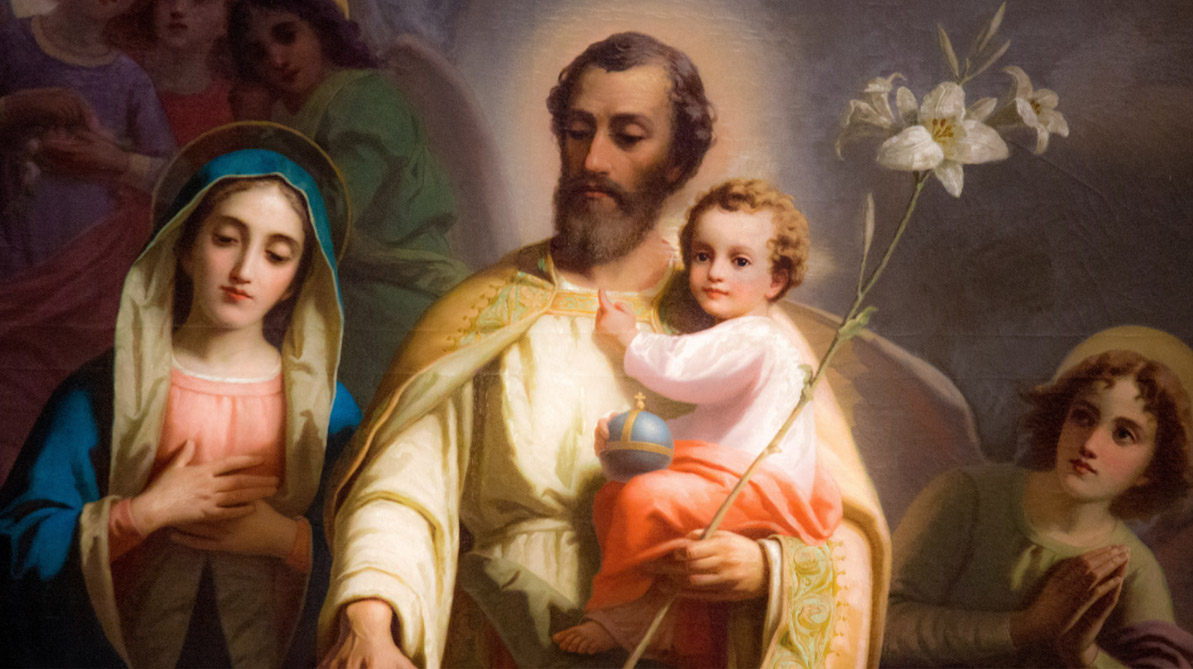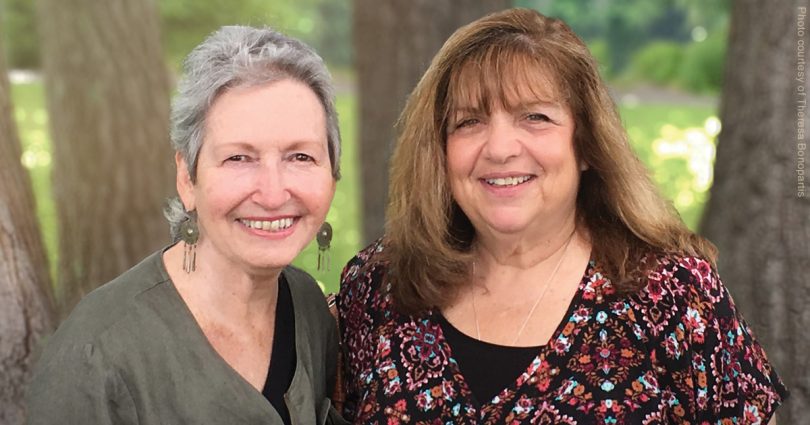By Laura Kizior
On May 13, 1917, Our Lady first appeared to three shepherd children—Lucia Santos, Francisco Marto, and Jacinta Marto—on the hillsides of Fatima, Portugal. She told them that God wants people to have a great devotion to the Immaculate Heart of Mary in order to save souls and to obtain peace in the world. Our Lady then asked the children to pray the rosary for sinners and to accept the sufferings that God would send them.
In one of the apparitions, Our Lady showed the three children a terrifying vision of souls in hell. All the children, Jacinta in particular, were so struck with fear and sorrow for sinners that they dedicated the rest of their lives to praying for sinners and performing acts of penance.
The miracle of the sun
In September of that same year, Our Lady told the children that she would perform a miracle on October 13. That day, huge crowds of people went to pray and witness the apparitions. All of Portugal was anxious for the miracle, and, despite a heavy rainstorm, by noon nearly 70,000 people had packed themselves into the Cova da Iria where the apparitions had been taking place.
Our Lady then performed a great miracle. The sun spun around like a ball of fire in the sky, flashing colored rays and looking as if it would rip itself from the sky. The people, whose clothes had been soaked with rain, were completely dry.
Soon after these apparitions, Francisco and Jacinta became very ill from influenza. They suffered much, but were happy to offer this sacrifice to Our Lady for sinners. Francisco died in 1919 and Jacinta soon after in 1920. Lucia’s task was to remain on earth to help people know and love the Immaculate Heart of Mary. After Francisco and Jacinta died, Lucia became a Carmelite nun. She dedicated her life to spreading devotion to Our Lady’s Immaculate Heart. Sr. Lucia died in 2005 at the age of 97.
Why pray the rosary?
Our Lady of Fatima asks us to pray the rosary daily in reparation for sin. As pro-lifers, we know that there is no more horrifying sin than abortion, which takes the life of the most innocent and vulnerable members of our human family. The acceptance of abortion in our country has opened the door to other truly heinous sins that grieve Our Lord and His mother. In times like these, the rosary is our help in building a culture of life. The rosary isn’t just an ancient prayer of the Church. It’s a powerful weapon against evil. Our history is filled with instances of Divine help due solely to devotion to Mary’s rosary.
Many people dislike praying the rosary because they believe that it feels monotonous, boring, or long. They don’t realize what they are praying. As Sister Lucia stated: “When lovers are together, they spend hours and hours repeating the same thing: ‘I love you!’ What is missing in the people who think the rosary monotonous is Love; and everything that is not done for love is worthless.”
The rosary is the way we can end abortion in our country. Pro-lifers around the world pray the rosary outside abortion clinics—not only for the innocent babies who are being killed, but also for their mothers and fathers, and for the conversion of the clinic workers. American Life League’s Stop Planned Parenthood International (STOPP) encourages pro-lifers to use the rosary and Mary’s intercession to drive Planned Parenthood out of communities. In STOPP’s Bringing Jesus to Planned Parenthood through Mary campaign, faithful pro-lifers are encouraged to consecrate their efforts to Mary, to pray the rosary outside a local clinic, and to take along an image of Our Lady as they pray. As we work to end abortion, we must remember the words of Our Lady of Fatima: “In the end, My Immaculate Heart with triumph.”
Our Lady is indeed triumphing over Planned Parenthood! Through the Bringing Jesus to Planned Parenthood through Mary campaign, abortion clinics have crumbled. In the Texas panhandle, when pro-lifers turned to Mary’s intercession, 19 clinics closed in a period of 10 years. In Iowa, 12 clinics closed in a period of 12 years. And these are just two examples! Read ALL’s brochure to learn more about the power of the rosary over abortion and how you can start a campaign in your area.
The pro-life family rosary
As Father Patrick Peyton, the Rosary Priest of the 1950s, was fond of saying, “The family that prays together, stays together.” Praying together as a family builds unity. Because of busy schedules, sometimes family prayer time is the one chance you all have to be together as a family that day.
You can easily make the pro-life rosary a family affair. Even little ones who don’t know what abortion is can pray for preborn babies and their mothers. Little children, in their innocence, know that preborn babies are delicate and need our help and protection.
Keep a family prayer journal where you can enter prayer intentions and answered prayers. Pray for the pregnant mothers and their preborn babies. Pray for families who are hoping to adopt a child. Pray for your elderly relatives and neighbors. Your family prayer journal is where your children can see a record of God working in their lives and in the lives of the people around them. Every few weeks or months, take some time to review prayers and note which intentions have been answered. When your children are having a hard time, you can say to them, “Remember when we prayed for Aunt Jean when she was in the hospital and she had a quick recovery? God answered our prayers. He always does. It’s up to us to listen to Him.”
With family prayer time, you have the opportunity to show your children how to engage with the culture in a very unique way. We cannot end abortion and the horrors of the culture of death without prayer. The most important pro-life lesson your children need to learn from the family rosary is that prayer has the power to transform hearts and souls for Christ—starting with our own hearts and souls.
Celebrating this year
May 13 begins the 100th anniversary of the apparitions at Fatima. Our Lady appeared every month on the 13th day for six consecutive months, ending on October 13. Here are some ways that you can celebrate this important apparition with your students this year, especially on the 13th day of each month:
· Have your students color this free coloring page of Our Lady of Fatima.
· Pray the rosary. Use The Illuminated Rosary from Gracewatch Media to enhance your meditations on the life of Christ through classical artwork.
· Retell the story of the apparitions at Fatima with this centennial website from EWTN. Visit the programming tab to find programming about the Fatima apparitions in honor of the centennial.
· Learn the five prayers that Our Lady taught the three shepherd children.
· Use Honoring the Blessed Mother, a lesson about the Annunciation and Visitation, to help 3rd and 4th grade students understand the importance of their vocation and praying for others.
· Use the lesson Our Lady of Guadalupe: Honoring the Patroness of Preborn Children with kindergarten through second grade students to talk about the importance of praying for preborn babies and their moms.
· Encourage devotion to Our Lady of Fatima among young children with this charm from Tiny Saints.
· Have older students read Champions of the Rosary: The History and Heroes of a Spiritual Weapon by Fr. Donald H. Calloway, MIC. This great book is filled with stories of Marian apparitions, the history of the rosary, miracles of the rosary, saints, art, and more!
Need more ideas? Check out our Pinterest board entitled Our Lady and the Culture of Life at
pinterest.com/cultureoflife/our-lady-and-the-culture-of-life.
Laura Kizior is a content developer for American Life League’s Culture of Life Studies Program, which stresses the culture of life as an integral part of every academic discipline. CLSP is dedicated to helping students become effective communicators of the pro-life message. Not only do students in our program read medieval epic poems, or learn about the dangers of euthanasia, they also understand how to use their knowledge to build a culture of life in their own communities. Sign up for our e-mail newsletter to see how we can help you foster a culture of life at home and in school.


